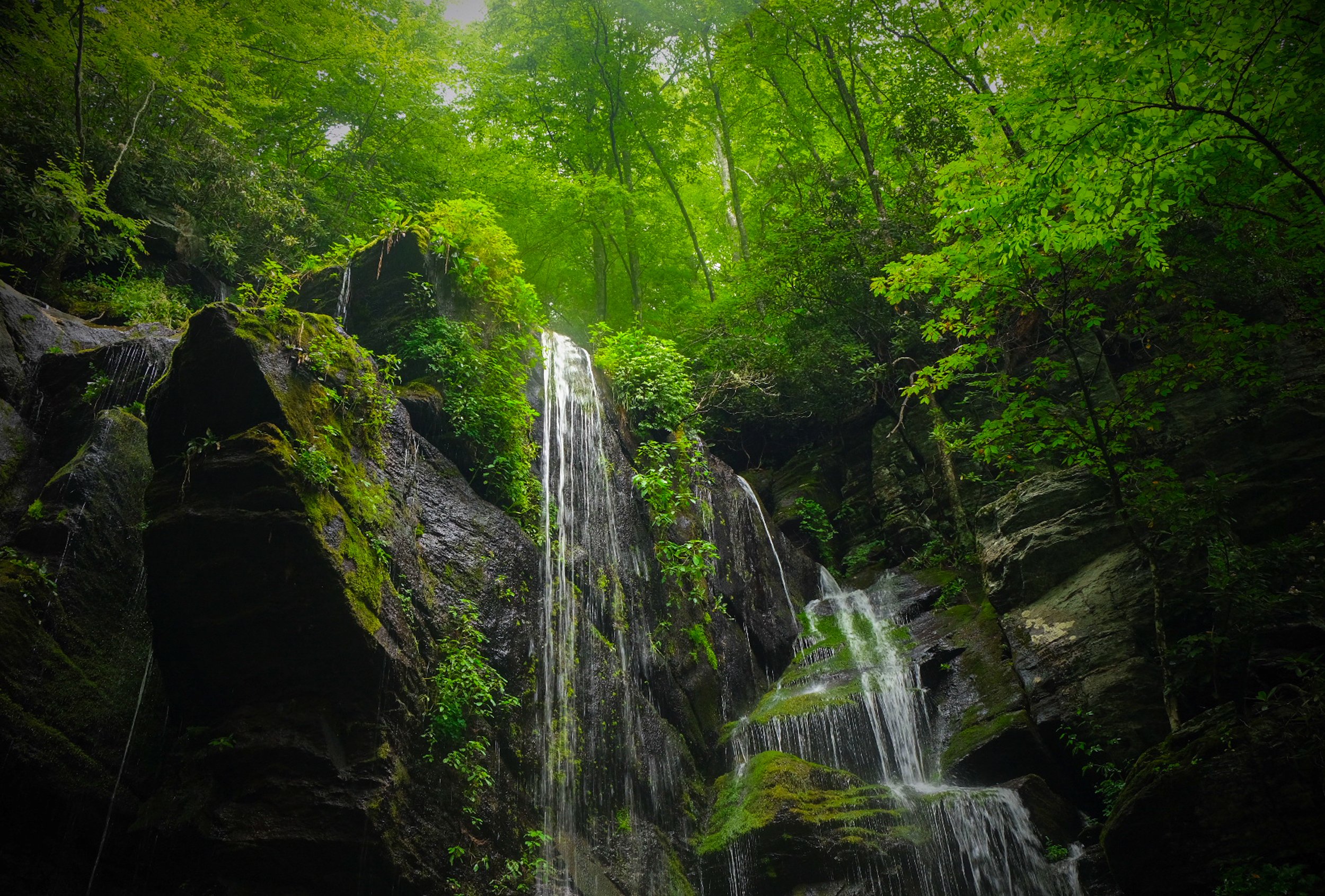
Freelance Investigative Journalist based in North Carolina
Enterprise Investigative Stories
Taking on the ‘forever chemical’ threat in North Carolina school water supplies
Published in Facing South March 15, 2023
Children at Belville Elementary School in Brunswick County, North Carolina, wait in the lunch line beside the school's reverse osmosis filtration unit, installed to remove toxic PFAS chemicals from drinking water. (Photo by Alasdair McNinch)
Access to drinking water free of PFAS chemicals in North Carolina’s public schools is determined by the filtration technology used by the local water treatment facility, and whether or not the school system itself has installed any sort of PFAS-removing filtration units. With this reality, lower-income and less-resourced communities are much less likely to be able to afford effective protection.
In this piece for Facing South, I explore the background, scope, and nuances of this issue with the state’s top researchers, advocates, and individuals that have fought for change in their communities.
In addition, I was able to map out which specific schools rely on the 27 different water treatment facilities or distribution systems where the NC PFAS Testing Network found PFAS concentrations exceeding 40 parts per trillion of total PFAS at the facility’s intake, as well as what protections exist at each level for all of these impacted schools. Click here to read the piece.
Published in the Raleigh News and Observer, the Durham Herald Sun, and INDY Week
March 17, 2022
As Durham gunfire grows, a city seeks solutions
Using data from Durham’s Police Department, I was able to conduct an analysis through R that showed me which area of Durham has experienced the highest levels of gun violence over the last few years. This area, known as Beat 223 to the Police Department, comprises less than four square miles of northern Durham but saw 129 different shooting incidents in the form of armed robberies, aggravated assaults, and homicides from October 2018 to the end of 2021.
In this piece, I examine the factors driving the growing issue with local government and police officials, and I attempt to provide a glimpse into what life is like in these neighborhoods through the voice of the locals I met going door to door.
I submitted the story through UNC-Chapel Hill’s Media Hub wire, and it was picked up and published by the Raleigh News and Observer, the Durham Herald-Sun, and INDY Week. Click here read it in INDY Week, which has no paywall.
Tea (right) sits on her front porch with her son Osiris and neighbors Felicia and Danielle. The neighborhood they’ve all lived in for the last few years falls within Beat 223, and not one of them was surprised to hear that their homes were included in the area that had seen most of the city’s recent shootings. (Photo by Alasdair McNinch)
The Inner Banks’ Rising Tide
Published in the Assembly March 11, 2022
PHOTO BY ANDREA BRUCE
A girl walks along the water’s edge in downtown Oriental, NC. (Photo by Andrea Bruce, selected from the collection of her photos published with the piece in the Assembly)
While the headline-grabbing storm surge of hurricanes captures the most attention, another effect of climate change has had a more insidious impact on North Carolina’s inland coast. As sea level rise shortens the relative gap between the water and the infrastructure of the region, flooding from common storms or a few days of strong wind is occurring more often and more severely.
These floods, called “nuisance floods” by experts, have not only doubled nationally in the last 20 years, but their rate of increase is also accelerating. And while they don’t normally result in catastrophic property damage or loss
of life, they can become regular enough to leave roads inaccessible, strain city and county maintenance budgets, overload stormwater systems, cause issues with sewer and septic systems, and leave many of the lower-income communities of the inland coast with no easy way to respond.
In this piece, I explore the issue with one of the country’s leading researchers on the phenomenon, a politician seeking to provide aid throughout the state, and the local officials on the coast forced to grapple with the rising waters. Click here to read the piece.


